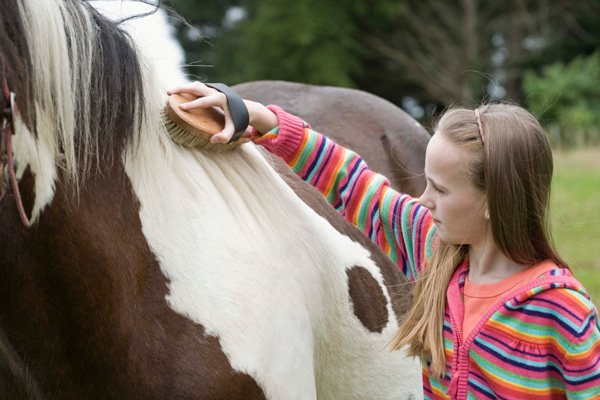
This information from Kentucky shows not only trends in equine infectious anemia (EIA) testing, but gives a good indication of the number of horses (and the number of horses moving that required testing) in the various populations.
During calendar year 2013, 77,001 serum samples purported to represent horses within Kentucky were tested for equine infectious anemia (EIA) with no positive animals being discovered. Of these, 73,549 samples were collected and tested to comply with state regulations governing the sale and exhibition of equine within Kentucky or to meet interstate transportation requirements (private testing). The remaining 3,452 samples were collected and tested as part of our market surveillance program of stockyard animals. Equine sampled and tested in this surveillance model are considered to have an elevated risk of exposure due in part to the environment from which many of these horses originate and the “trading channels” through which they may have passed.
Comparatively, private testing declined 4.7% from 2012 while the market surveillance testing decreased a staggering 70% during this same reporting period. The modest decline in private testing may be a result of a still-recovering economy that likely impacted some interstate movement of horses for recreational purposes. The significant decline in the number of horses sampled through Kentucky’s market surveillance program may also be attributed in part to a depressed economy, but was likely exaggerated by the reality of few sustainable markets for these animals. During the 24-year period of 1990 through 2013, 369,441 samples were collected and tested through the market surveillance program with 129 equine (0.03%) found to be positive. In comparison, private testing had greater than 1.8 million samples tested during this same time period with 92 (0.004%) positive equine identified. The last year a horse in Kentucky tested positive for EIA was in 2007.
Figure 1 shows the number of samples tested annually during the past 24 years overall and in the market surveillance program. These data provide evidence for concern over what is potentially an increasing population of untested equine, historically characterized as having elevated disease risk.
Long term, consistent and accurate disease surveillance among identifiable populations can be beneficial in determining prevalence, progression or regression of emerging equine disease and aids in decision making processes to identify and mitigate associated risks.
For more information contact E.S. Rusty Ford, Equine Programs Manager, Kentucky Department of Agriculture, at 502-564-3956 or email him at Rusty1.ford@ky.gov. You are invited to visit the Kentucky State Veterinarian’s website at www.kyagr.com/statevet/equine/index.htm.


